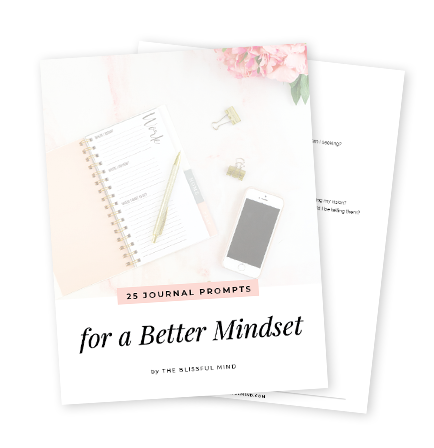Mindfulness and Focus: Quieting the Mind to Sharpen Clarity Mindfulness and focus represent two of the strongest cognitive skills for achieving success and well-being in our distraction schema. Knowing how to recognize mental clutter and improve clarity will dramatically affect productivity, creativity, and overall quality of life in ways that compound over time.
 In today’s world, untold numbers of people experience feelings of overwhelmed attentional states, mental overload, and struggles with maintaining their attention on essential factors for any prolonged period of time. Scientific evidence shows that mindfulness practices cause not just transient calming of the mind, but also create enduring functioning and neurobiological changes to promote focus, decision-making, and cognitive performance spanning the entirety of life.
In today’s world, untold numbers of people experience feelings of overwhelmed attentional states, mental overload, and struggles with maintaining their attention on essential factors for any prolonged period of time. Scientific evidence shows that mindfulness practices cause not just transient calming of the mind, but also create enduring functioning and neurobiological changes to promote focus, decision-making, and cognitive performance spanning the entirety of life.
Knowing Mindfulness and Focus: the Foundation of Clear Mindedness
Mindfulness and focus exist as co-founded cognitive skills of focus in tandem, inferring conditions of clear-mindedness and continuous awareness. Mindfulness connotes awareness of the present moment without judgement, while focus is intended to represent the process of acutely directing and maintaining attention o n intentional objects or tasks.
Recent neuroscience research shows that these skills can activate and strengthen certain unique brain networks dedicated to attention control, emotional modulation, and executive function. Mindfulness practice leads to greater connectivity of the prefrontal cortex with the attention networks throughout the brain.
Cognitive clarity can emerge naturally by lowering the noise of incessant mental chatter that pulls our attention apart and uses up our cognitive resources. This quieter cognitive state allows attention to be deployed more efficiently and for longer periods of time.
The Science of Mindfulness and Cognitive Performance
Neuroscience research has shown that mindfulness meditation can cause measurable changes to both the brain structure and function. For example, several studies using fMRI scans have shown that regular practitioners with greater gray matter density in certain regions of the brain associated with attention, memory, and emotional regulation.
Research published in Psychological Science shows that only two weeks of mindfulness training can enhance concentration, working memory, and reading comprehension levels. Brain scans show that mindfulness strengthens the anterior cingulate cortex, which is engaged when attention to focus is needed.
In studies of attention span, it has been reported that the average person can only focus for 8-12 seconds before the mind wanders. Mindfulness training extends this time significantly while reducing the frequency and intensity of distracting thoughts.
How Modern Life is Sabotaging our Focus
Modern living presents unprecedented challenges to sustaining clear and focused attention:
Digital distractions – Smartphones, notifications, and being always connected create tiny snippets of attention,
Information overload – The vast amount of available information exceeds our capacity to cognitively process it all.
Multitasking culture – Our society is often rewarded for looking productive versus truly focused productivity.
Having chronic stress – Since we all have high baseline levels of stress, our attention networks are impaired, and we cannot sustain focus, nor create workable short and long-term cognitive memory levels.
The Mental Noise Problem
Understanding the nature of mental noise is a key aspect of why mindfulness can transform focus and attention. Most people endure perpetual internal commentary and self-talk that divides attention and drains mental energy.







